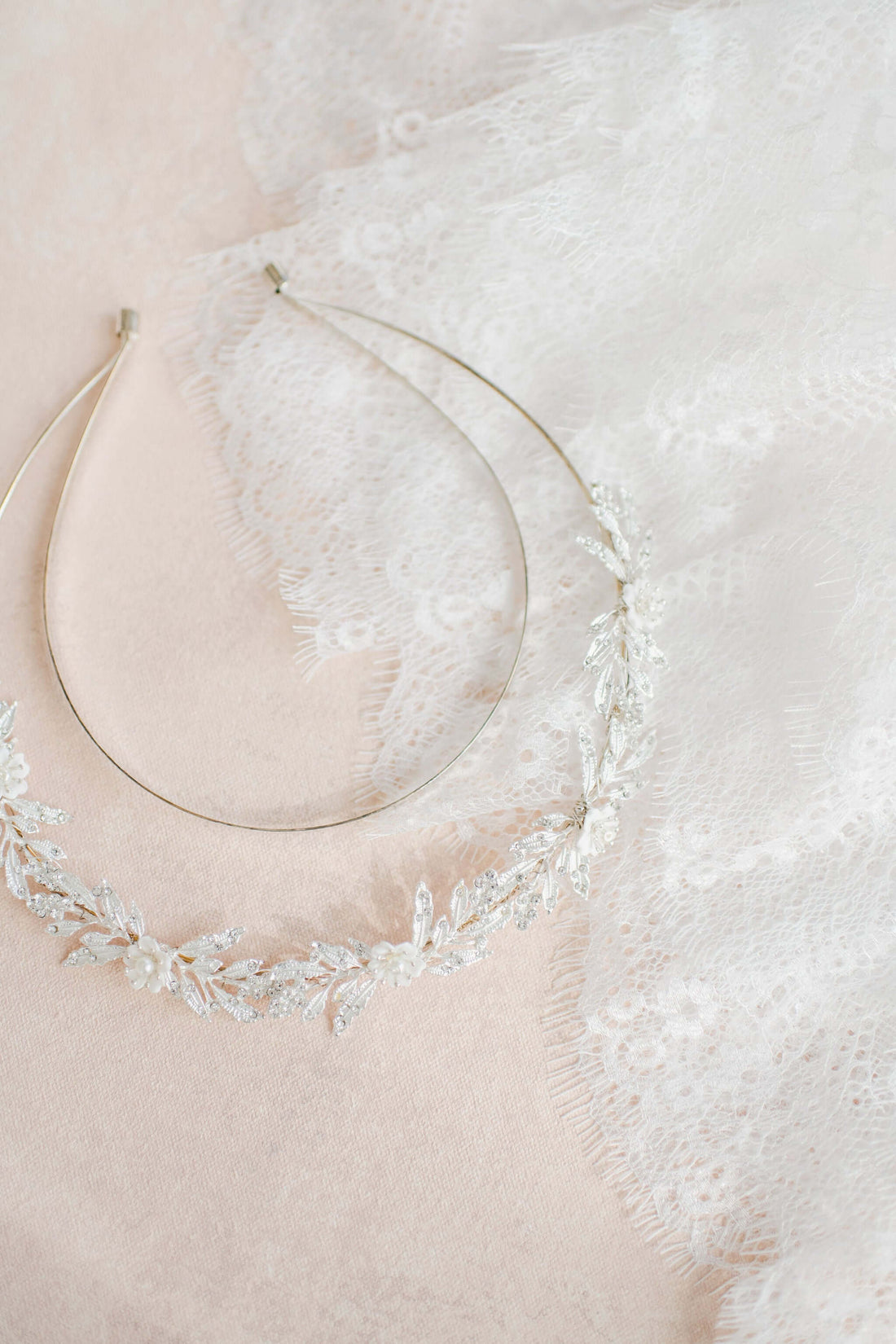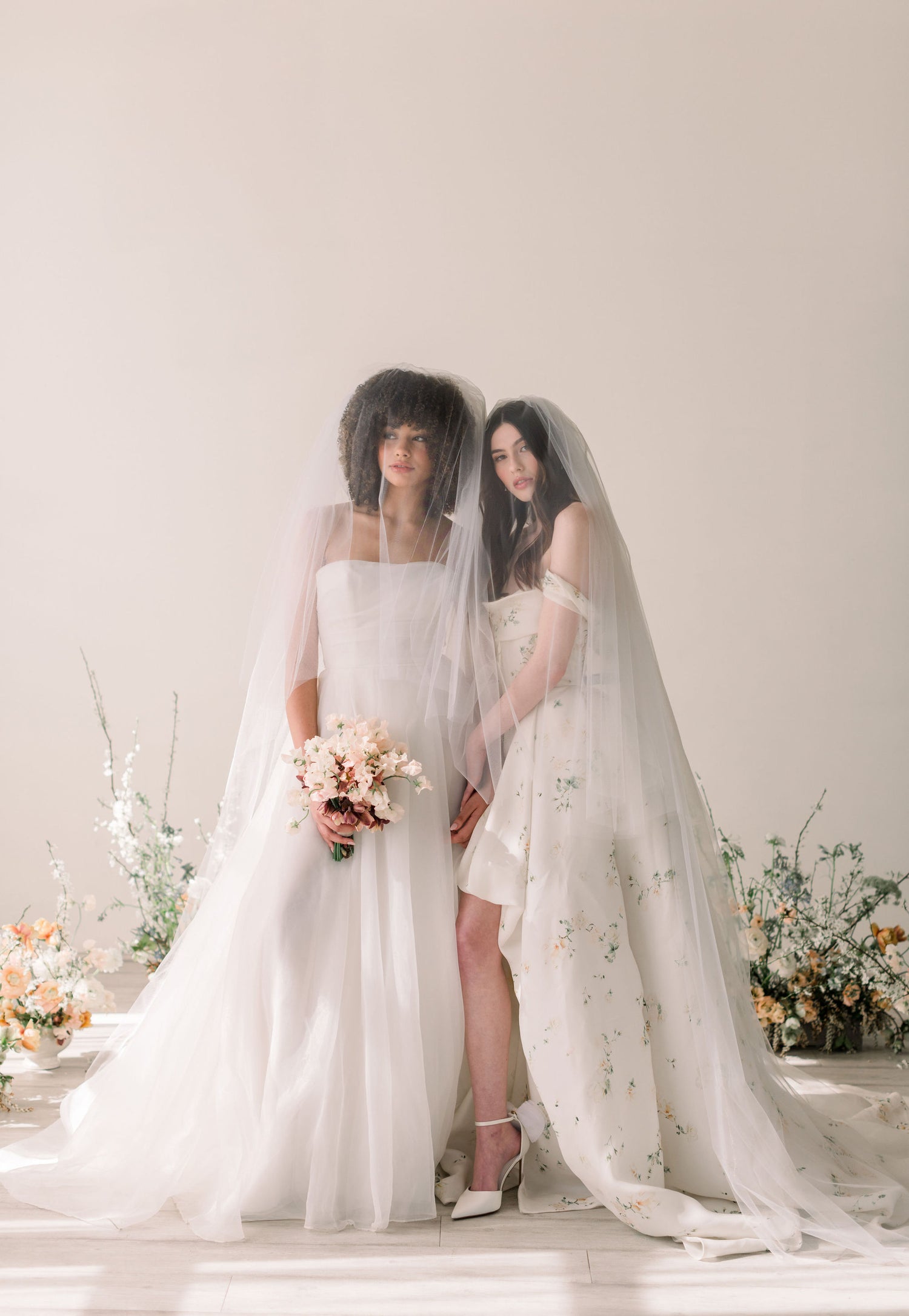
Veil or No Veil? Decoding the Wedding Veil Etiquette
When it comes to wedding attire, the veil has long been a symbol of tradition and romance. However, in recent years, modern brides have started to question whether wearing a veil is a necessary part of their bridal ensemble. Deciding whether to wear a veil or not can be a dilemma for many brides-to-be. In this blog post, we will decode the wedding veil etiquette, exploring the factors to consider, the significance behind the veil, and alternative options for those who choose to forgo this classic accessory. Let's dive in and explore the veil or no veil conundrum.
Understanding the Significance of Veils The wedding veil holds symbolic meanings that have evolved over time. Traditionally, veils were believed to protect the bride from evil spirits and bad luck. Today, veils are more commonly seen as a symbol of purity, modesty, and the bride's transition from being unmarried to married. It's important to remember that the decision to wear a veil ultimately rests with the bride and her personal preferences.
Factors to Consider
-
Personal Style and Comfort: Consider your personal style and the overall look you want to achieve on your wedding day. If you prefer a more traditional and romantic aesthetic, a veil can enhance that look. However, if you lean towards a modern, minimalist, or unconventional style, you may choose to skip the veil in favor of other accessories.
-
Venue and Theme: Take into account the venue and theme of your wedding. A grand cathedral wedding may call for a dramatic cathedral-length veil, while a beach wedding may lend itself better to a more relaxed and free-flowing hairstyle without a veil. Consider how the veil will complement your chosen setting and theme.
-
Wedding Dress Considerations: Consider the design and details of your wedding dress. Some dresses are specifically designed to be worn with a veil, featuring intricate lacework or an open back that is beautifully complemented by the veil. Conversely, if your dress has intricate details or embellishments, you may prefer to let the dress shine on its own without the addition of a veil.
Alternatives to Traditional Veils If you decide against wearing a traditional veil, there are plenty of alternative options to consider:
-
Hair Accessories: Explore various hair accessories such as floral crowns, headbands, hairpins, or tiaras. These can add a touch of elegance or bohemian flair to your bridal look.
-
Fascinators or Hair Vines: Fascinators are decorative headpieces that can be adorned with feathers, flowers, or beading. Hair vines are flexible, decorative pieces that can be woven into your hairstyle to add a touch of sparkle.
-
Statement Earrings or Necklaces: Opt for bold, statement earrings or necklaces that draw attention to your face and add a focal point to your bridal ensemble.
-
Cape or Shoulder Jewelry: Consider a cape or shoulder jewelry as an alternative to a veil. These accessories add a sense of drama and elegance while allowing you to forgo the traditional veil.
-
Mantilla or Juliet Cap: For brides who want a veil-like accessory without the traditional length, a mantilla (a Spanish-style lace veil) or a Juliet cap (a small cap with a sheer veil) can provide a touch of romance and vintage charm.
Remember, there are no hard and fast rules when it comes to wedding veils. The most important thing is to feel comfortable, confident, and true to your personal style on your special day. Whether you choose to wear a veil, explore alternative accessories, or opt for no veil at all, the decision is yours to make. Embrace the opportunity to express your individuality and create a bridal look that reflects your unique personality and love story.

